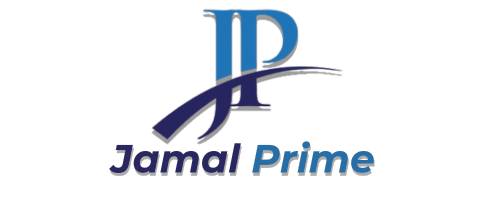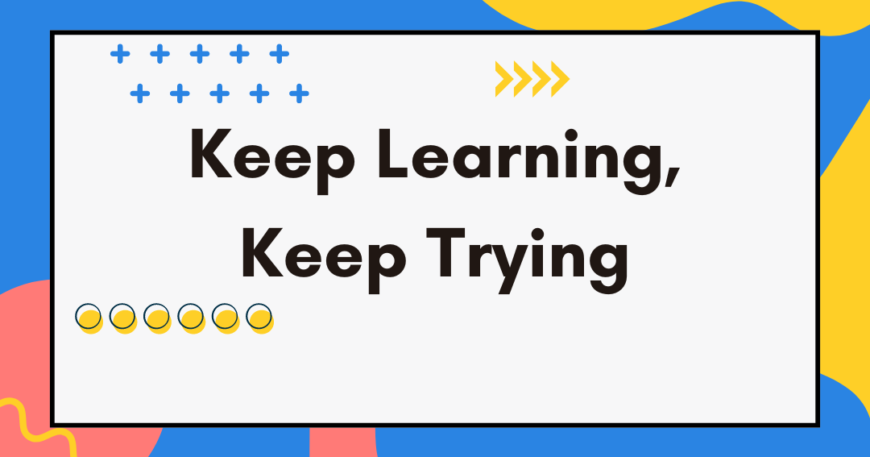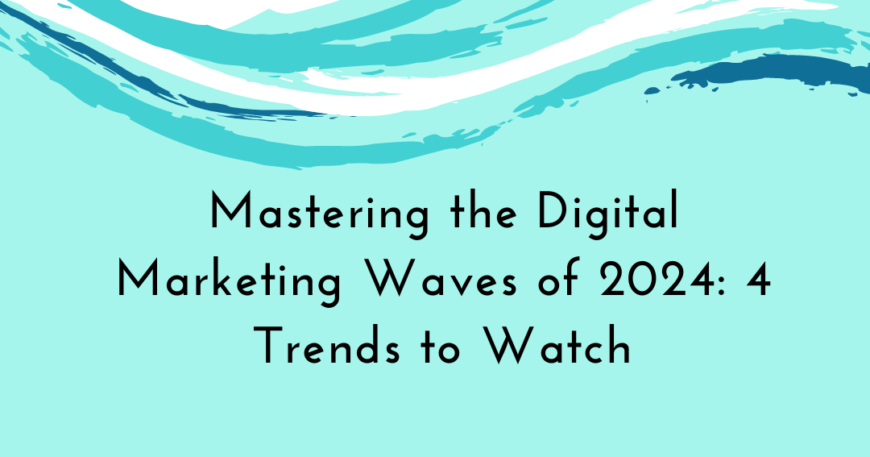How to Know When It’s Time to Redesign Your Website
It’s difficult to argue against the importance of your company’s website in the modern world. But deciding to proceed with a website overhaul can occasionally be challenging. Restarting the process of getting your present website up and running sounds like a headache waiting to happen because you probably invested a lot of time, money, and effort in the past. Is this website you’re using truly so bad? It’s true that sometimes you just need to make a few basic changes to the content or style of your website. But often, a complete redesign is required because your website isn’t really serving you or your clients well enough. Problems on your website can lead to a loss of interactions, conversions, search engine rankings, and general trust – meaning that your firm is missing out on business and growth in the long run. Your website serves as the focal point for all of your digital marketing and sales initiatives in addition to serving as a visual representation of your company. It’s the relationship you have with your clients or consumers and how they connect with you. Thus, how can you determine if it’s time to spend money on a redesign? These are a few indicators. 1. Unfriendly mobile design It is essential to have a responsive website in the modern digital world. An excellent user experience is ensured with a responsive design, which makes sure your website works flawlessly on any device—desktop, tablet, or smartphone. Over 54.8% of all internet traffic originates from mobile devices, so a website that is not adaptable runs the risk of alienating visitors before they ever get a chance to interact. The favorable tidings? To guarantee that your website satisfies contemporary criteria, proficient web designers and developers give priority to mobile-friendly design. 2. Your customers or clients are giving you hints If your customers or clients are frequently experiencing issues with your website, it’s a surefire indication that something is wrong with it. One effective technique to find problems on your website is to examine the discussions that you or your customer support team have with your clients. Are they frequently reporting that a form won’t load, experiencing issues with the checkout process, or being unable to obtain answers to simple questions? These kinds of frequent inquiries reveal unpleasant client experiences that require attention. 3. Outdated or inconsistent design Even though content may appear more important than design aesthetics, your website frequently makes an initial impression on potential buyers. What people observe has a big impact on whether or not they choose to interact with your company. An outmoded or uneven style can cast doubt on the skills and knowledge of your business. If you’re unsure about the design of your website, request expert advice or input from people who are familiar with your target market. Their observations can guarantee that your website properly conveys your company’s message. 4. It’s difficult to use Despite just being visually appealing, your website needs to be simple to use and intuitive for customers to enjoy. When searching a website and not finding what you were looking for, have you ever been frustrated? Poor user experience design frequently causes this, which in turn causes high bounce rates and low conversion rates. A well-designed user interface anticipates the demands of the user and seamlessly leads them from the initial visit to conversion. By designing a website that is user-friendly and up to par, you build audience trust and communicate excellent service. 5. You’re not getting the results you want Your website ultimately exists to assist your business do well and boost sales. The appearance and usability of your website are important, as we’ve already covered. But, even if your website is well-designed and works well, it won’t be genuinely beneficial to your business if it doesn’t help you achieve your objectives or provide the desired outcomes. It could be time to think about a website makeover if you’re not content with the way your site is performing. Expert web designers can assist you in concentrating on pinpointing the issues with your present website that are impeding development and putting new tactics and approaches into action that will strengthen your brand. Considering all of this seriously, do you believe a website transformation is required? Jamal Prime Inc’s web specialists are available to assist you in developing a website that enhances your brand. Together, let’s make your vision a reality!












